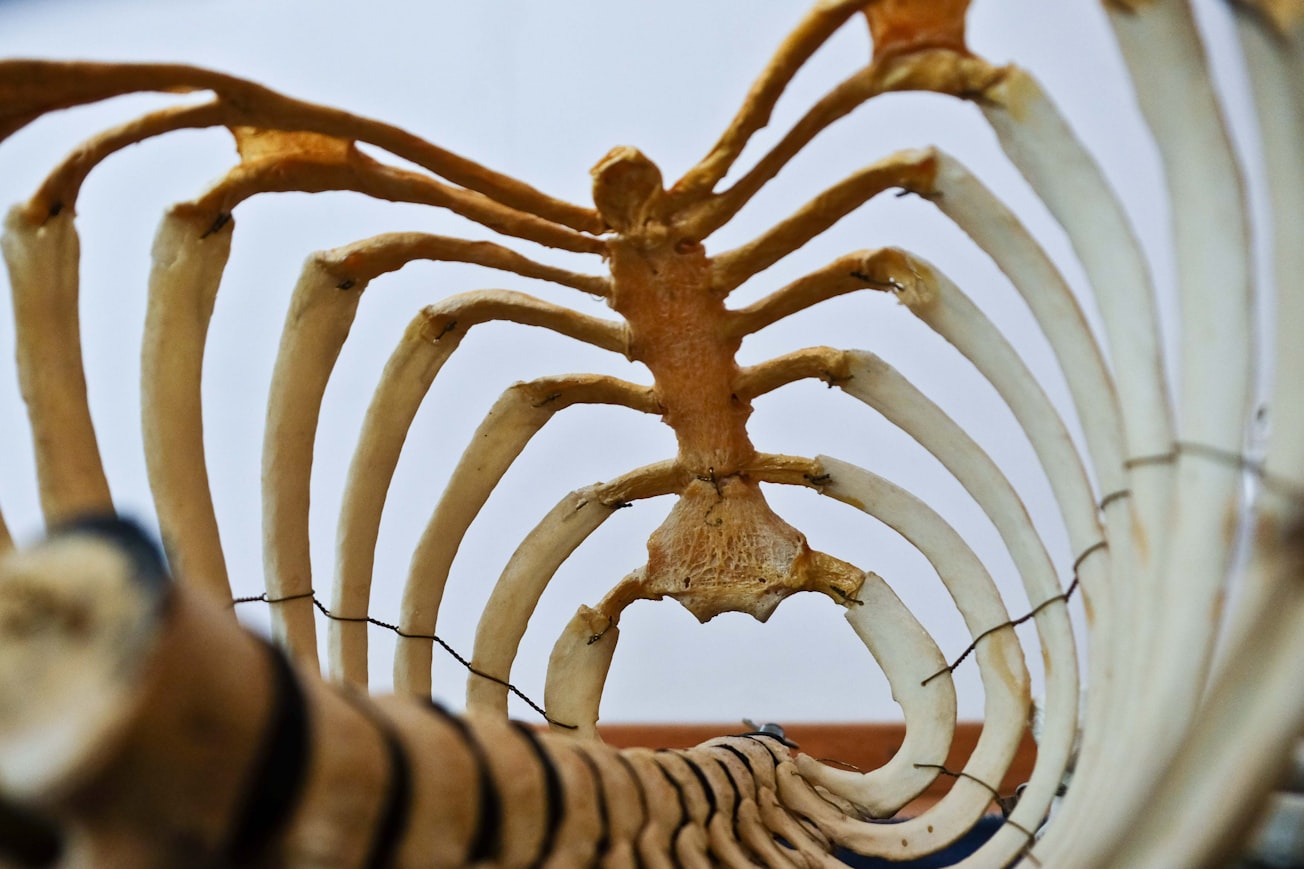What is it about?
By treating stem cells- which can become fat or bone cells- with cytochalasin D- the result was clear: the stem cells became bone cells. Further, injecting a small amount of cytochalasin D into the marrow space of mice caused bone to form.
Featured Image

Photo by Meta Zahren on Unsplash
Why is it important?
At the center of the discovery is a protein called actin, which forms fibers that span the cytoplasm of cells to create the cell’s cytoskeleton. Osteoblasts have more cytoskeleton than do adipocytes (fat cells). Buer Sen, MD, first author of the Stem Cells paper and research associate in Rubin’s lab, used cytochalasin D to break up the actin cytoskeleton. In theory – and according to the literature – this should have destroyed the cell’s ability to become bone cells. The cells, in turn, should have been more likely to turn into adipocytes. Instead, Sen found that actin was trafficked into the nuclei of the stem cells, where it had the surprising effect of inducing the cells to become osteoblasts.
Perspectives
From the senior author, Janet Rubin MD " Amazingly, we found that the actin forms an architecture inside the nucleus and turns on the bone-making genetic program. If we destroy the cytoskeleton but do not allow the actin to enter the nucleus, the little bits of actin just sit in the cytoplasm, and the stem cells do not become bone cells. "
Dr Maya Styner
University of North Carolina at Chapel Hill, Department of Medicine, Division of Endocrinology
Read the Original
This page is a summary of: Intranuclear Actin Regulates Osteogenesis, Stem Cells, September 2015, Wiley,
DOI: 10.1002/stem.2090.
You can read the full text:
Resources
Contributors
The following have contributed to this page







